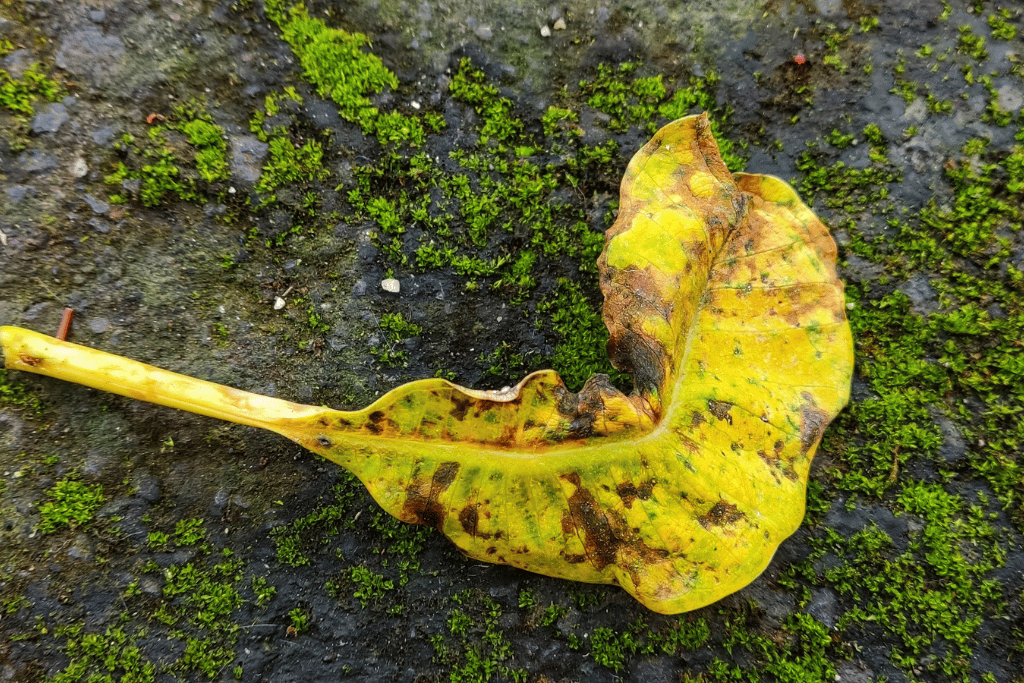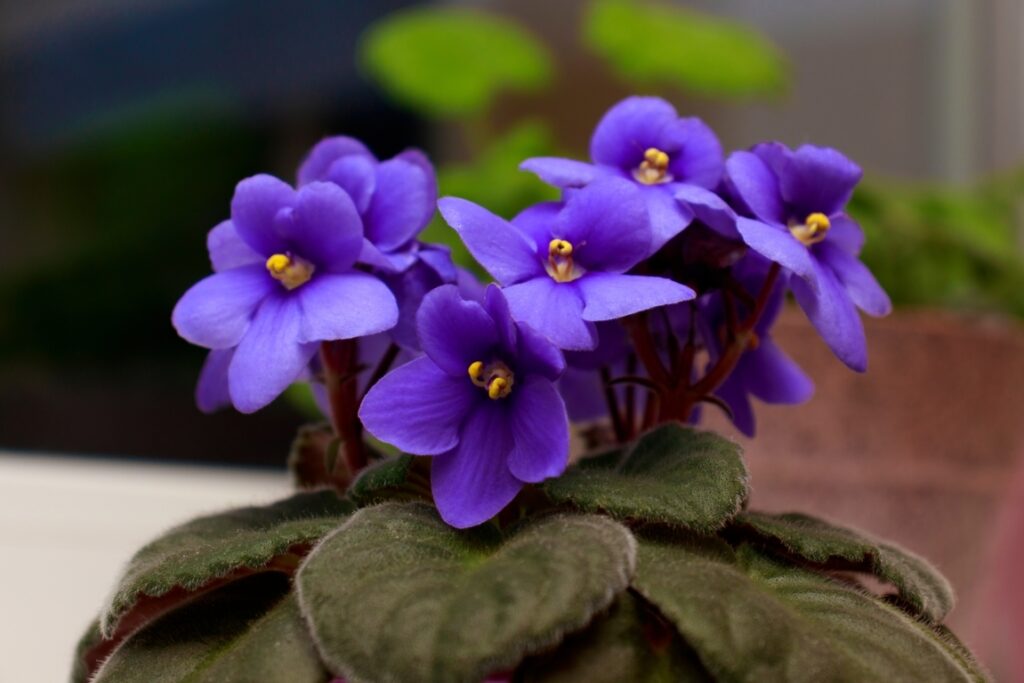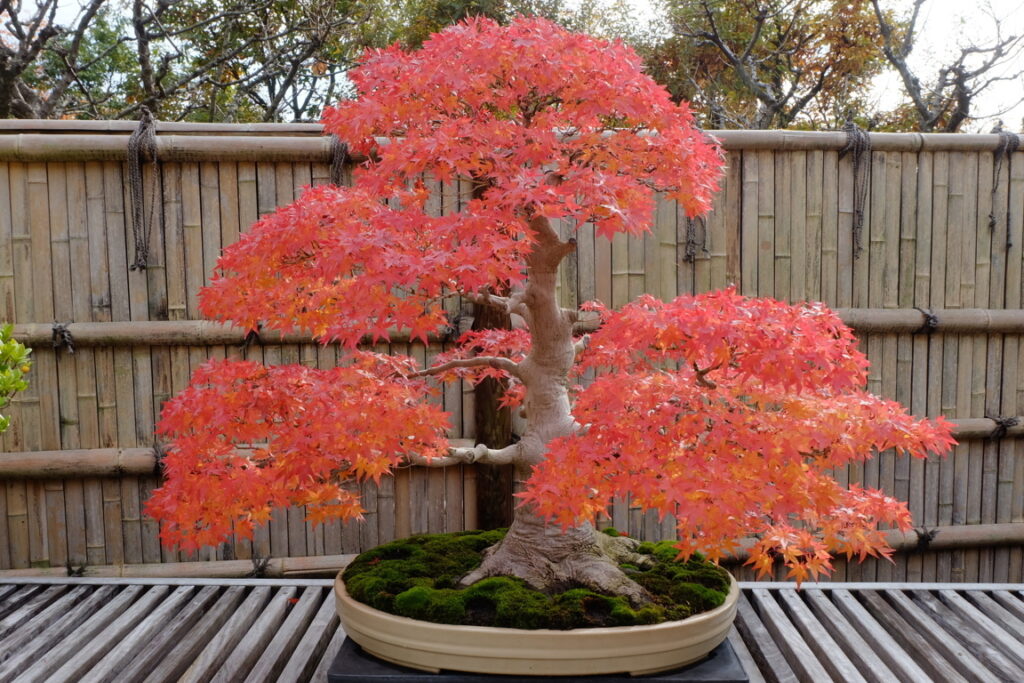
A few weeks ago, my Plumeria was a vivid, green and beautiful plant that looked like a piece of art. But suddenly, its leaves started to wither and fall off faster than I could say “why are my plumeria leaves turning yellow and falling off?” It felt like an absolute disaster! At that moment, I couldn’t help but feel as though I had been living some kind of a horror dream.
With a sense of pride, I strive to be the best plant parent for my beloved plumeria. So, when the leaves on my plumeria plants started turning yellow, I knew something was off. Despite my best efforts, I was unable to revive my wilting plant. Desperately, I searched for solutions as the situation grew more dire by the day.
Delving deeper, I set out to educate you on the cause of my plant’s yellow leaves, so that you can avoid it.
After some hard work and research, it seemed clear that inconsistent maintenance and environmental conditions were most likely at fault – which I will now discuss with you in more detail below.
So, let’s find out why Plumeria leaves turn yellow.
Causes of Plumeria Leaves Turning Yellow

I have contracted a case of “yellow fever” recently; my beloved plumeria leaves are turning yellow, and I’m determined to find out the cause. Sure, it looks beautiful in golden hue… but not when the brown spots appear or they start falling off or blackening underneath! It’s almost like being stuck in an eerie horror film – needless to say that is one life I am not ready for. Therefore, let us delve deeper into what might be causing this change and see if we can arrive at any solution!
Overwatering | Underwatering
To answer the very first question, why are my plumeria leaves turning yellow in the first place? So, what’s causing the chaos? The usual suspects are overwatering and underwatering. I’m sure we’ve all been guilty of overdoing it with the watering can before, but plumerias tend to prefer dryer ground. When inundated by too much water for a prolonged period, their root systems can’t uptake sufficient oxygen which results in yellowed leaves.
On the other hand, underwatering the plant is also a problem. When you don’t water the plant as per its requirements, it fails to transport the nutrients – hence the yellowing of leaves.
Lack of sun and nutrients
If your beautiful, vibrant plumeria leaves start to turn yellow, it could be due to a lack of sun and necessary nutrition. Just like us humans, plants require the right ingredients for photosynthesis – namely sunlight! Make sure that your plant is receiving 6-8 hours of direct rays daily in order to keep those green hues alive and thriving.
Plants need food too, you know. If your plumeria is not receiving the nutrients it needs, then its leaves will start to show signs of distress. To ensure that your plant stays healthy and strong, make sure you are providing a balanced fertilizer which contains all three primary components: nitrogen, phosphorus and potassium.
Poor soil (drainage and pH)
Growing a Plumeria plant isn’t just about soil. To help your blooms thrive, you need to make sure their roots can absorb the right amount of nutrients – and that means having well-draining soil with pH levels between 6.4 and 6.8! If these conditions aren’t met, it could lead to yellowing leaves or other issues for your beloved flower..
Pests and diseases
If your plumeria leaves are turning yellow and you’re finding white spots or webs on them, pests like aphids, mealybugs, and scale insects could be the cause. This kind of foliage damage can occur as a result of these pesky critters, so it’s important to identify the problem early in order to keep your plants healthy.
Fungal infection
But wait, there’s more! Plumeria leaves turning yellow with brown spots could indicate a fungal infection. This happens when the leaves stay wet for too long, which can lead to the growth of fungi. Treating fungal infections on plants can be tricky, but you can start by removing the affected leaves and carefully applying fungicide to control the spread. However, it’s important not to overdose your plant with fungicide as this could do more harm than good.
Root rot
Now, here’s the real kicker. If your plumeria leaves are turning yellow and falling off, it could be a sign of a more serious problem – root rot. Don’t let root rot get the best of your plumeria! This devastating fungus quickly spreads to other parts of the plant, so you must act fast. To remedy this issue and save your beloved Plumeria, remove the plant from its soil and clean the roots with a scrub brush before repotting in fresh dirt that promotes optimal drainage.
Bacterial infection
Last but not least, plumeria leaves turning yellow and black underneath could be a sign of a bacterial infection. Poor soil quality, overwatering, and a damaged plant can all lead to bacterial infections. Unfortunately, these issues are typically difficult to treat properly; removal of the contaminated plant is often necessary in order to stop it from infecting other flora.
So, there you have it – the causes of plumeria leaves turning yellow. It’s not always easy to tell what’s behind the yellowing, but with hard work and dedication, you can figure it out. To ensure your Plumeria is flourishing, supply it with the right amount of water, nutrients and sunshine. Then watch in delight as its lush green leaves make all your neighbors jealous!
Generally, when the leaves on my plumeria plants are turning yellow, I know it’s time to spring into action.
When our plumerias start to turn yellow, it’s essential that we identify the reason for this discoloration. Whether it be caused by overwatering, a missing nutrient deficiency or even something more severe like an infection, recognizing and addressing the issue promptly is paramount in salvaging these beloved plants.
How to Fix Plumeria Leaves Turning Yellow

We’ve discussed the explanations behind plumeria leaves turning yellow—but enough of that! Let’s move on to how we’ll restore it back to its original radiance. Don’t fret, there is no need for a botanical degree; you can easily return your plant to glory with simple steps.
Fix watering
If the leaves of your plumeria tree are turning yellow, it’s time to reassess your watering habits. Make sure that you let the soil dry out between waterings and ensure proper drainage in the pot so that oxygen can reach the roots and prevent further discoloration. With this fix, you’ll be able to revive its vibrant green hue once more!
Similarly, if you’ve been underwatering it – you need to up the dose.
Watering requirements in a dry climate: 1-2 weeks (when top 2 inches of soil feel dry).
Watering requirements in cool climate: once a month.
Add adequate sunlight and nutrients to its routine
If your plumeria leaves have become yellow due to an inadequate amount of sun or nutrients, the solution is simple – keep it in full sunlight for 6 to 8 hours and supplement with fertilizer. Select a balanced fertilizer containing nitrogen, phosphorus, potassium as well as other vital micronutrients. You can opt for either slow-release or liquid based on preference; however make sure you strictly adhere to the instructions since overfertilization might damage your plant.
Use soil with good drainage and pH
To ensure your soil is in perfect condition, make sure it has good drainage and a pH between 6.4 and 6.8 – this can be tested with a PH testing kit for accuracy. If the drainage isn’t up to par, aerate it by adding vermiculite or perlite; if the acidity levels are too high or low use sulfur or lime amendments to amend accordingly. With these simple steps you’ll have ideal conditions for growing healthy plants!
Ward off pests and diseases
If the yellowing is caused by pests or diseases, it’s important to act quickly. Use pesticides or fungicides to treat bugs and fungi and remove any diseased plants to prevent the disease from spreading.
Treat fungal infection
Has your Plumeria started to show brown spots? Taking action is absolutely necessary to cure the infection. Start by carefully discarding all infected leaves in a sealed plastic bag. Then, use a fungicide and spray it on every inch of the plant – including its undersides – while following instructions closely. Depending on severity, you may need to redo this process multiple times before ultimately eradicating the fungi!
Treat root rot
If the leaves of your beloved plant are falling quickly, it’s time to take drastic measures. Remove the plant from its soil and carefully examine the roots for any mushy or blackened spots. Cut away those areas and gently wash off what remains with water before repotting in new, well-draining soil – be sure not to bury that stem too deeply! Give just a bit of light irrigation without overdoing it until you witness new growth sprout up again.
Remove infected plant
Plumeria leaves turning yellow and black underneath are due to a bacterial infection, unfortunately, the fix is to remove the infected plant. This will ensure that the disease does not spread to other nearby plants. Keep an eye out for any warning signs of contamination on your nearby plants, and take every measure possible to stop its spread.
Conclusion
So, I’d like to summarize this article by saying – Plumeria leaves turning yellow are usually caused by either too much or too little water, nutrient deficiency, pests and diseases, and environmental stressors. To guarantee a thriving plant that is free of yellow leaves, you must provide it with ample amounts of sunlight, hydration and essential nutrients. With the right attention, your precious Plumeria will thrive best.



